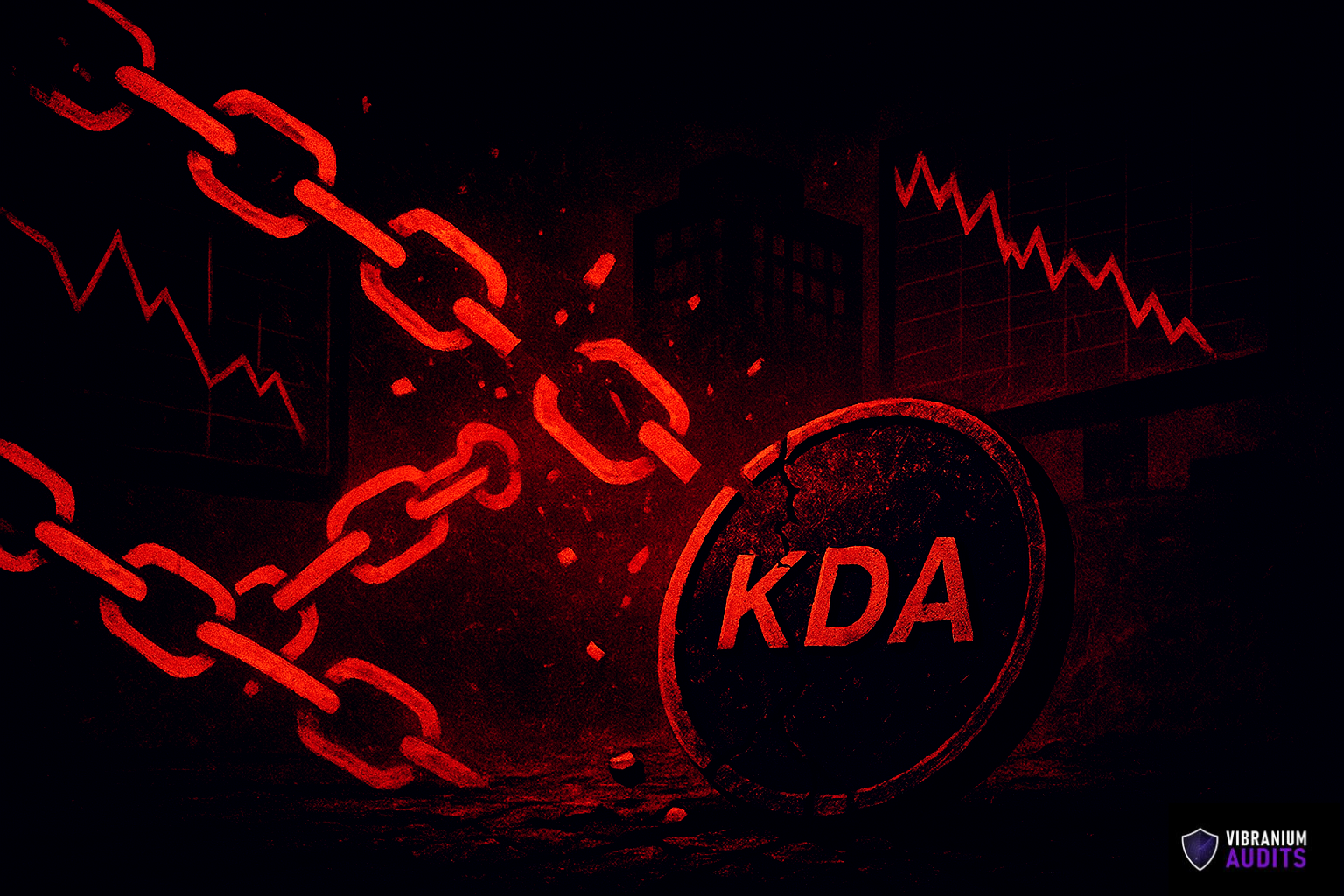Embark on a journey through the vibrant landscape of NFT projects, a realm teeming with creativity, investment opportunities, and digital innovation. In this comprehensive guide, we will unravel recent security challenges haunting the NFT space, explore risks to NFT communities and smart contracts, and unveil essential security best practices for safeguarding your NFT projects.
NFT Hacks Unveiled
As NFTs rise to prominence, so does the allure for hackers seeking opportunities to exploit vulnerabilities within the ecosystem. Recent incidents serve as cautionary tales:
Nifty Gateway
Hackers targeted users without 2FA enabled, making away with valuable artwork. Nifty Gateway insisted its platform remained uncompromised.
Beeple
Scammers hacked into Beeple's Twitter, enticing users with a fake minting link, resulting in a heist of approximately $400k.
Bored Ape Yacht Club
Instagram compromise led to phishing posts, causing a loss of around $3 million in assets, including four Bored Apes.
OpenSea
Phishing scams and loophole exploits allowed users to purchase NFTs at lower prices, undermining the market value.
Adidas
Smart contract flaws enabled an attacker to collect 330 NFTs by removing the limit on purchased tokens.
Magic Eden
Two rug pulls on the Solana NFT marketplace resulted in significant losses, prompting platform pause and refunds.
Beyond Blockchain: NFT Community Vulnerabilities
Surprisingly, NFT security extends beyond the blockchain, involving compromised credentials, weak security practices, and phishing threats. NFT community managers face challenges securing various social media accounts, making them susceptible to scams, phishing, and social engineering attacks.
Common NFT Scam Mechanisms:
- Token Copies: Malicious tokens imitating popular ones, leading to significant value fluctuations.
- Rug Pulls: Creators hype projects, invest heavily for rapid growth, and then pull funds, rendering projects worthless.
- Airdrops: Users receive tokens with malicious actions upon attempting transactions, redirecting to phishing sites.
- Social Engineering: Phishing and spear-phishing attacks on communities and owners/admins to reveal sensitive information.
Tips to Fortify Your NFT Project
Staying Informed and Vigilant:
- Stay educated on prevalent scams and platforms.
- Scammers often target platforms like Twitter, Discord, Telegram, Metamask, and OpenSea.
- Email is a common vector for phishing campaigns.
- Official support accounts will never ask for sensitive information.
Community Management:
- Utilize password managers for complex, unique passwords.
- Enable 2FA, favoring app-based over SMS/email authentication.
- Verify sender email addresses before responding.
- Protect seed/recovery phrases for wallets tied to projects.
Keeping Tools and Devices Secure:
- Keep browsers, devices, and OS up to date.
- Use the latest versions of tools, libraries, and integration points.
Smart Contract Security Tips:
- Don't skip security audits; seek external reviews.
- Be cautious with extra functionality; it often involves security trade-offs.
- Choose a secure programming language; simplicity reduces vulnerabilities.
- Follow best practices for smart contract development and utilize network-specific frameworks.
What To Do If Compromised:
- Have a plan and a security expert on standby.
- Change passwords and 2FA immediately.
- Notify the community promptly.
- Check wallets for suspicious transactions.
- Disconnect compromised wallets from sites.
- Transfer funds and NFTs to a new wallet.
- Change wallet passwords and 2FA.
- Check devices for malware.
- Deploy spending limits and smart contract approvals.
- Enable allow listing to a safe address.
Conclusion
While NFTs open doors to novel opportunities, they also pose risks that demand attention. Security audits and best practices are paramount in protecting valuable assets and fostering a secure environment for NFT communities. Navigating the NFT universe requires vigilance, education, and proactive measures to ensure a thriving and secure ecosystem.
Frequently Asked Questions (FAQs)
Q1: How can I protect my NFT project from phishing scams?A1: Educate your community, use verified communication channels, and implement community guidelines. Avoid clicking on suspicious links and always verify sender email addresses.
Q2: Are smart contracts infallible?A2: No, smart contracts, like any code, can have vulnerabilities. Regular security audits, testing, and following best practices are essential.
Q3: What should I do if I suspect a phishing attempt in my community?A3: Report it immediately, notify your community, and reinforce security measures. Avoid sharing sensitive information and educate your community about phishing threats.
Protect your NFT project and community! Stay informed, implement robust security practices, and conduct regular security audits. Security is a shared responsibility, and together, we can ensure a safe and thriving NFT ecosystem.
Explore More
Connect with us:
Security is our priority; let's build a secure the blockchain ecosystem future together.










